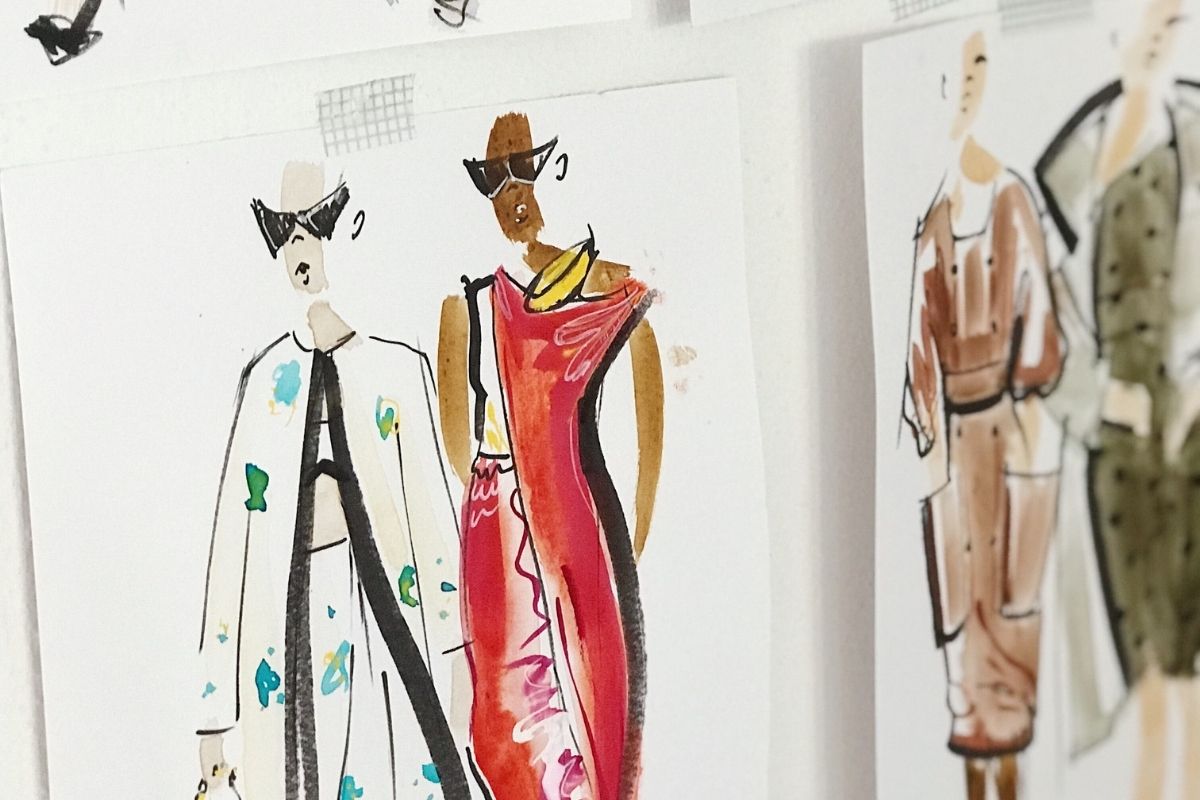Visual Brand Identity: Who do They See?: Logo Uses
When you get to transform a logo into hangtags, packaging, and that bag that everyone will carry their lunch in, that’s when it gets really fun—the storefront, how a store looks, and how your product is displayed on the shelf. In New York City, that’s going to make you famous.
It becomes very exciting because you get to take a really basic brand and figure out how to move it around and transform it into various spaces.
Because of e-commerce, one of the design trends we witnessed in the 2000s was logos becoming horizontal. For example, when we first started moving online, many fashion logos tended to be vertical, meaning they went up and down. So the most renowned design that comes to mind is the Yves Saint Laurent logo, which was created by hand and was very vertical. That is the worst type of logo to use on a website because it pushes the rest of the content down.
Another thing we saw, which makes me sad, is that many luxury brands are becoming blander, with many of their logos using the same typefaces.
There is a lot of discussion on social media about the differences between logos from the 1990s and today. They’re also mainly black and white. Again, this is due to e-commerce, as you must have things that do not compete with the product on your page when selling online. When you have many products, images, and editorials on a page, a black and white logo that is really straightforward and not too fussy is important.


